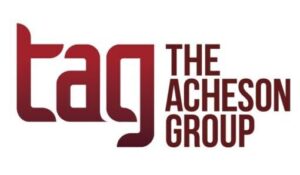
With the restrictions that have been imposed throughout the COVID-19 pandemic, it’s likely that just about everyone reading this article has participated in at least one video call – be it through Zoom, Teams, GoToMeeting or some other platform. Many of us have now done them so many times, we’ve become (fairly) comfortable with meeting with our peers and seeing their environments through a virtual media. And some have moved to the next step: literally conducting inspections and assessments virtually.
Like GFSI, FDA, and even some federal regulatory bodies, TAG is of this latter group – having expanded into the remote assessment sphere. So what is happening with this technology? And how is it benefitting the industry?
GFSI. This summer, GFSI reversed its earlier decision, now allowing for remote audits if “mutually agreed upon between the audited organization and the certification body”; and “the inspection/physical verification of the GMPs and verification that the food safety management system addresses all parts of the operations” must still be conducted onsite. Additionally, GFSI requires that the full audit (i.e. both the remote and onsite activities) be completed within a 30-day window.
FDA. In April, FDA began conducting remote importer inspections under FSVP, requesting that importers send required records electronically (or through other prompt means) as FDA “shifts to conducting these inspections remotely during the COVID-19 public health emergency.” Although the agency did similarly conduct remote inspections for domestic food facilities, it did implement “temporary extraordinary measures” for certain medical device facilities, allowing for remote audits “performed off-site through the use of information and communication technology” as necessary.
Since then the agency has restarted on-site inspections in July, but under the condition that the area in which a facility is located “see downward trends in new cases of COVID-19 and hospitalizations.” With cases once again surging upward, FDA’s implementation of remote inspections in the medical side of its jurisdiction, and the agency’s earlier statement that it will “continue to utilize and implement additional alternative inspection tools and approaches,” we could foresee the agency considering virtual options to enable some form of inspection – with the likelihood of this becoming greater the longer the pandemic continues.
Food companies. Throughout the supply chain, there are food companies who are, themselves, implementing virtual technologies to enable remote audits, assessments, or support. For example, Nestle is “using remote desktop, smart glasses, 360-degree cameras and other technologies” to support its production and R&D sites, as well as to connect with suppliers. As the article states, the tools enable specialists to advise on complex tasks, such as set-up or redesign of factory lines, maintenance and equipment checks – remotely.
Such remote capabilities can provide for virtual facility assessments whether you are a corporation with multiple locations, a manufacturer/retailer wishing to audit or inspect a supplier, or a single-unit business seeking an external assessment – without having to travel or allow visitors into your facility. Even post-COVID (whenever and whatever that may be), the ability to conduct virtual audits, inspections, or assessments can be of significant benefit.
And you needn’t have the resources of a large corporation – or invest in virtual technology even if you are a large corporation – to take advantage of these new technologies and expand into the remote assessment sphere. Give TAG a call to discover how we can help you!




